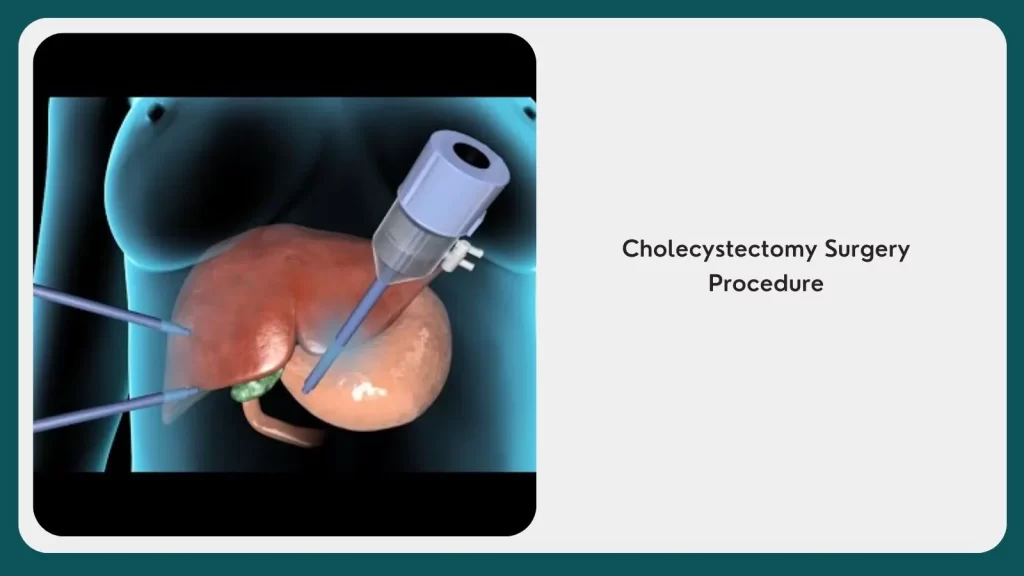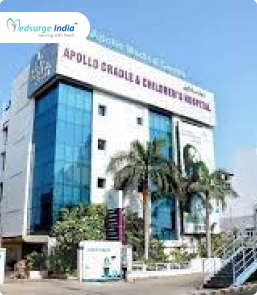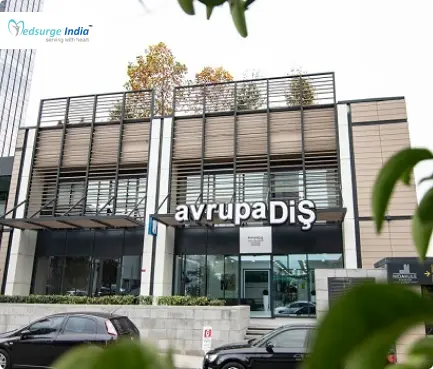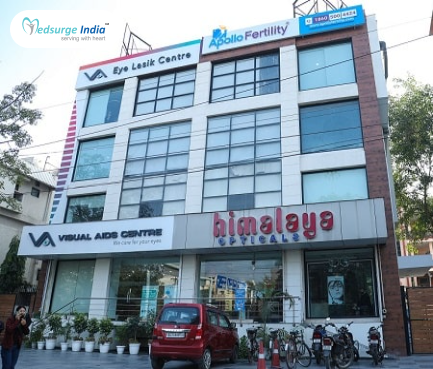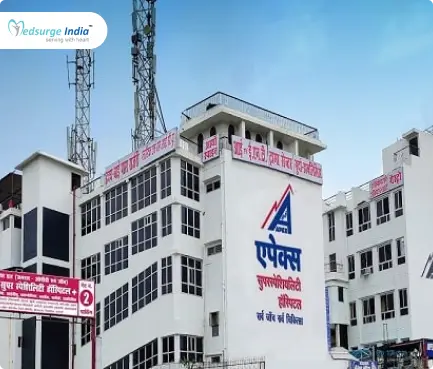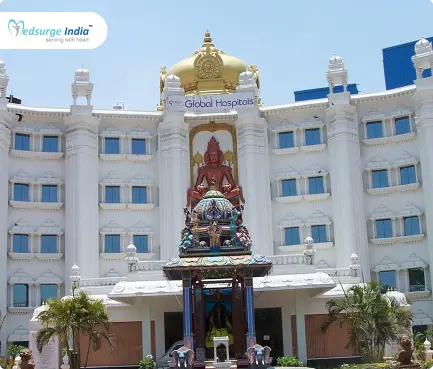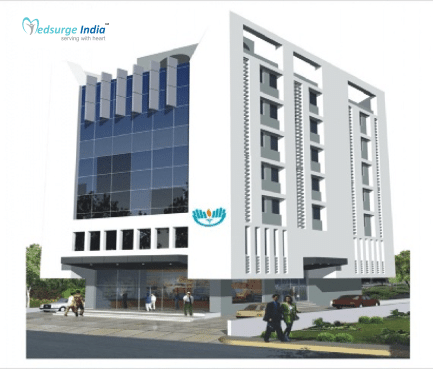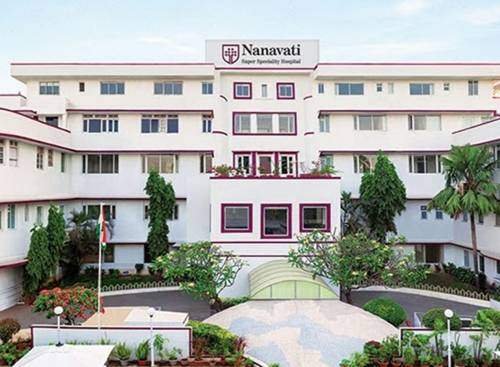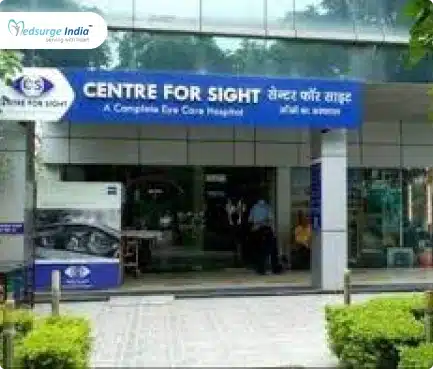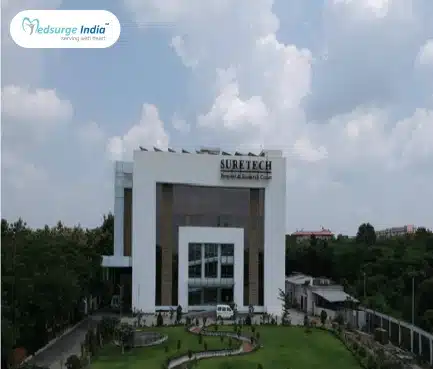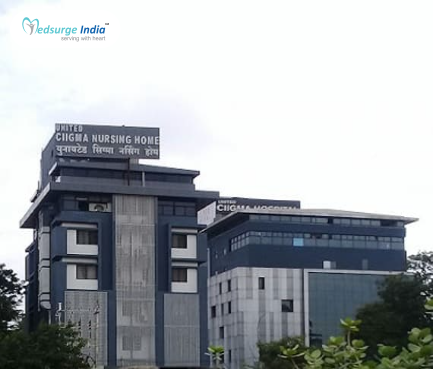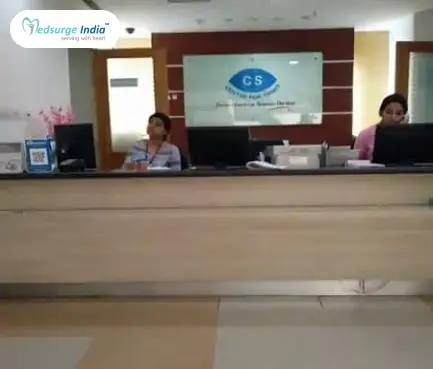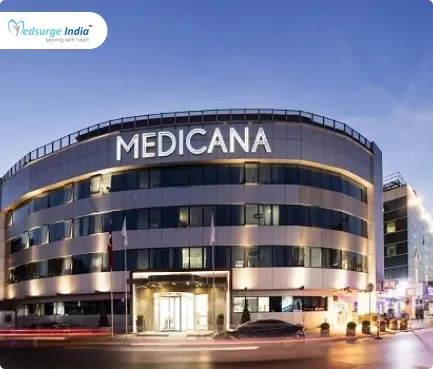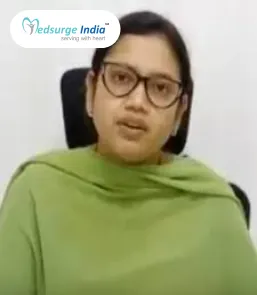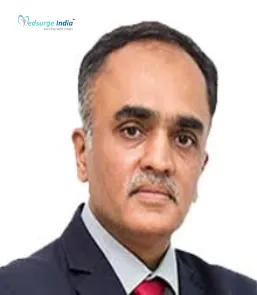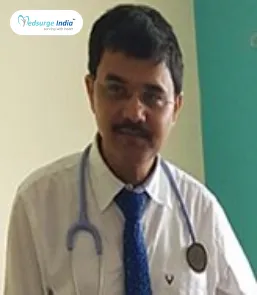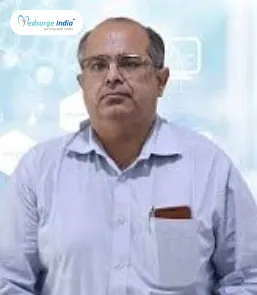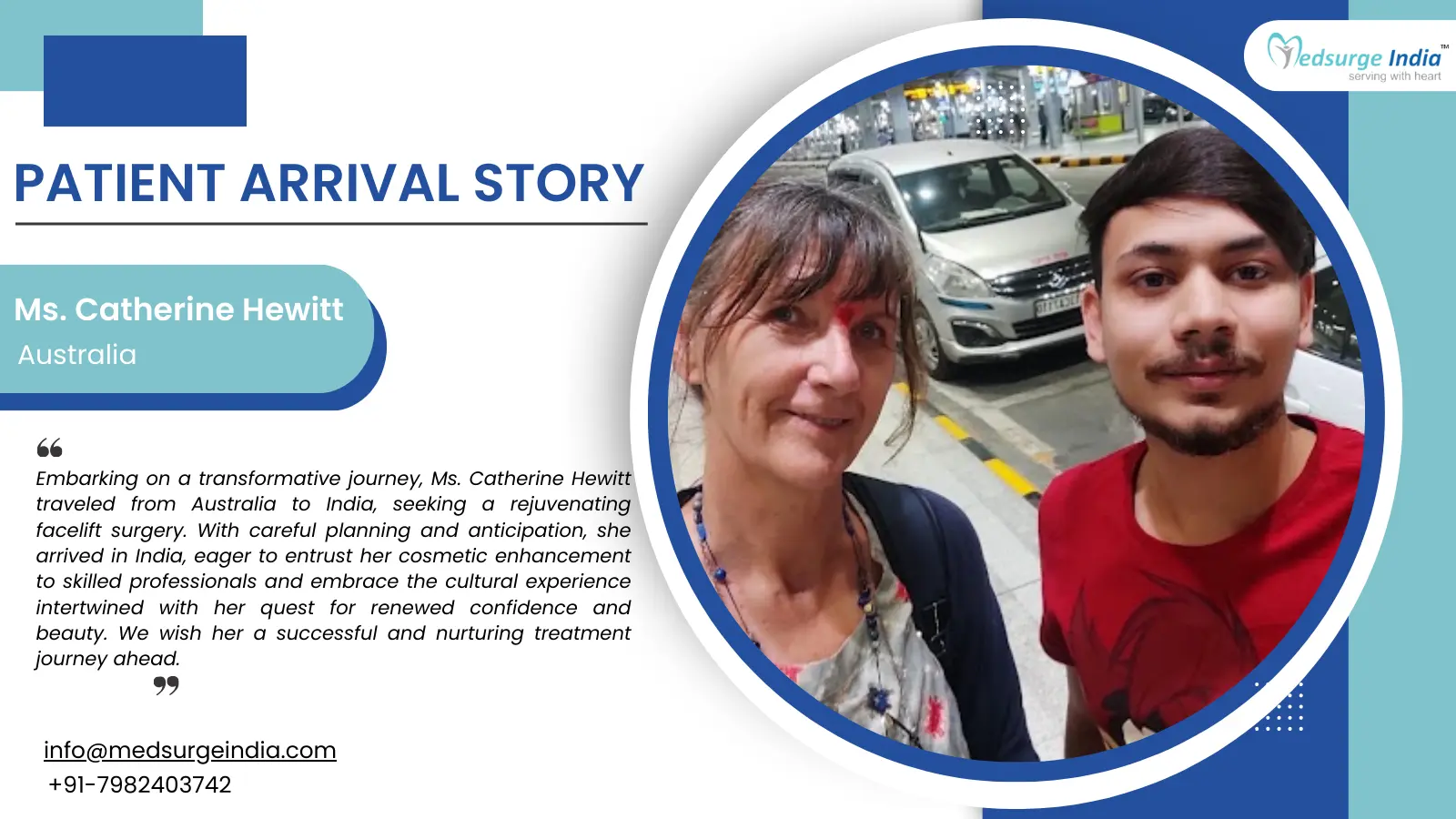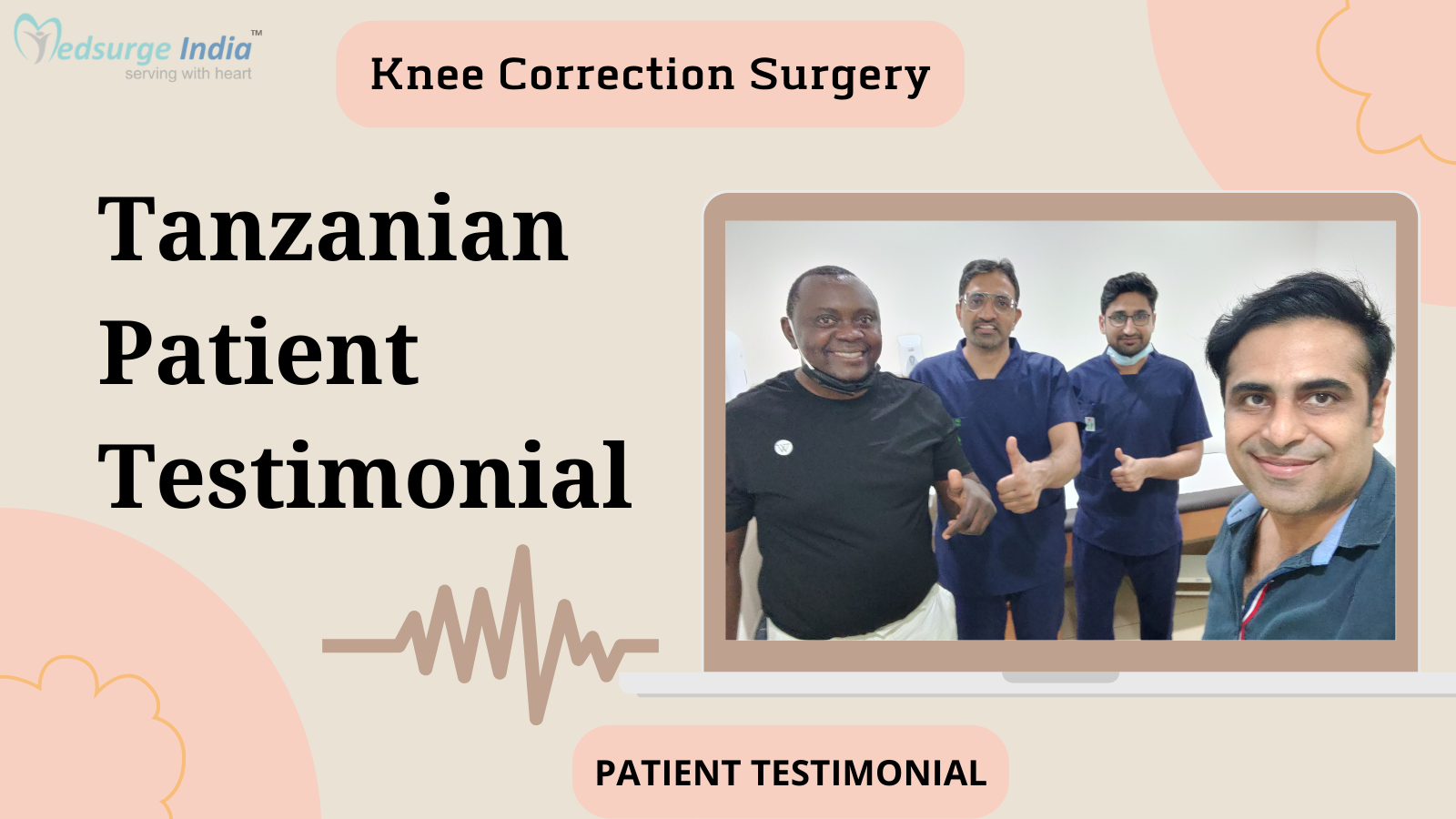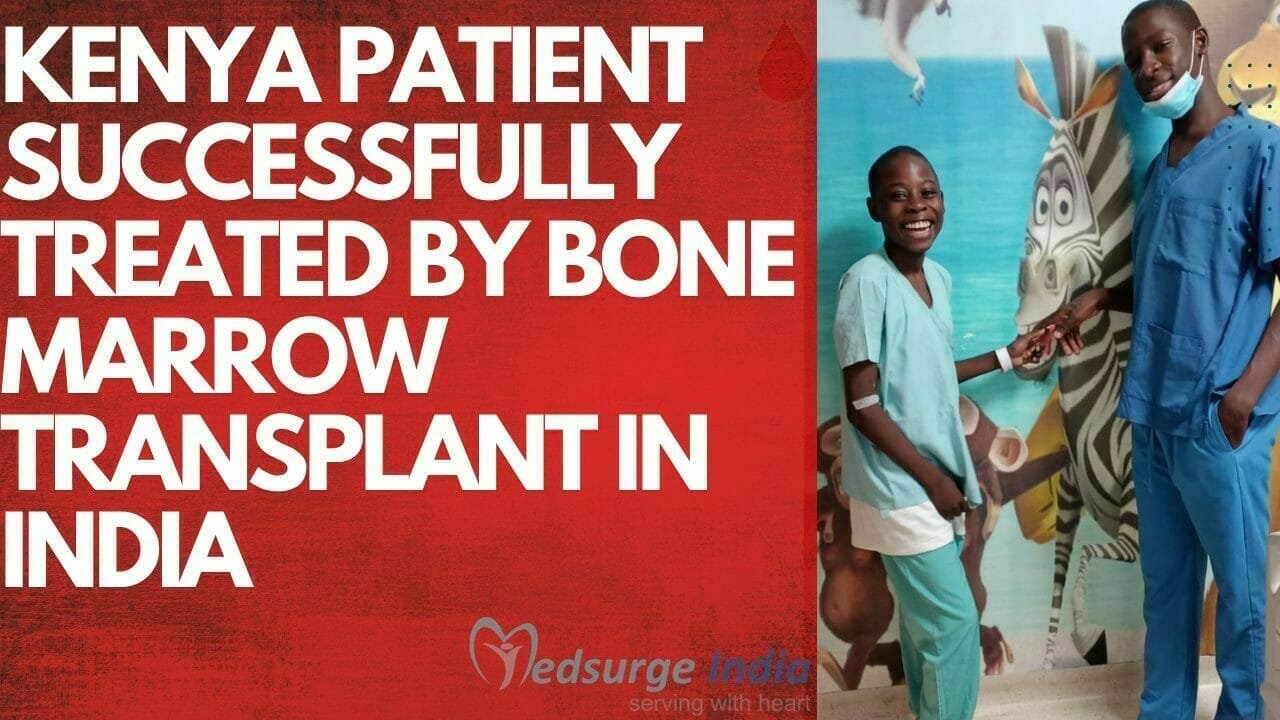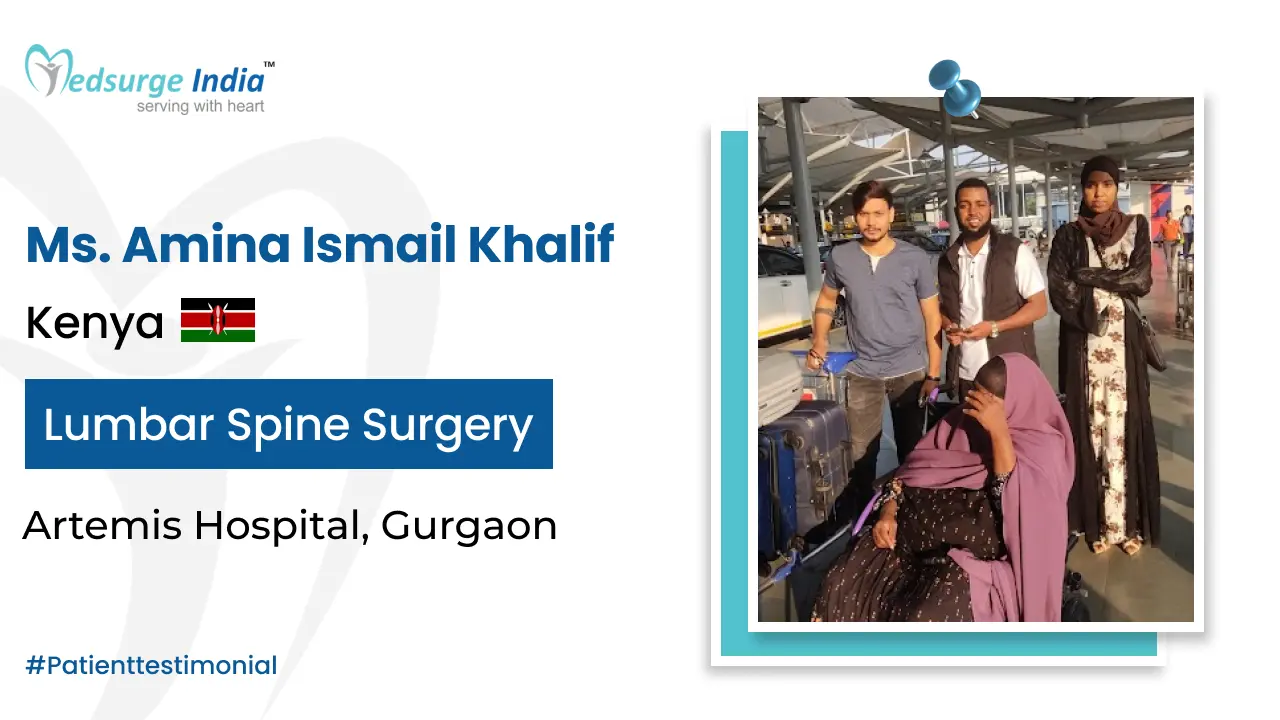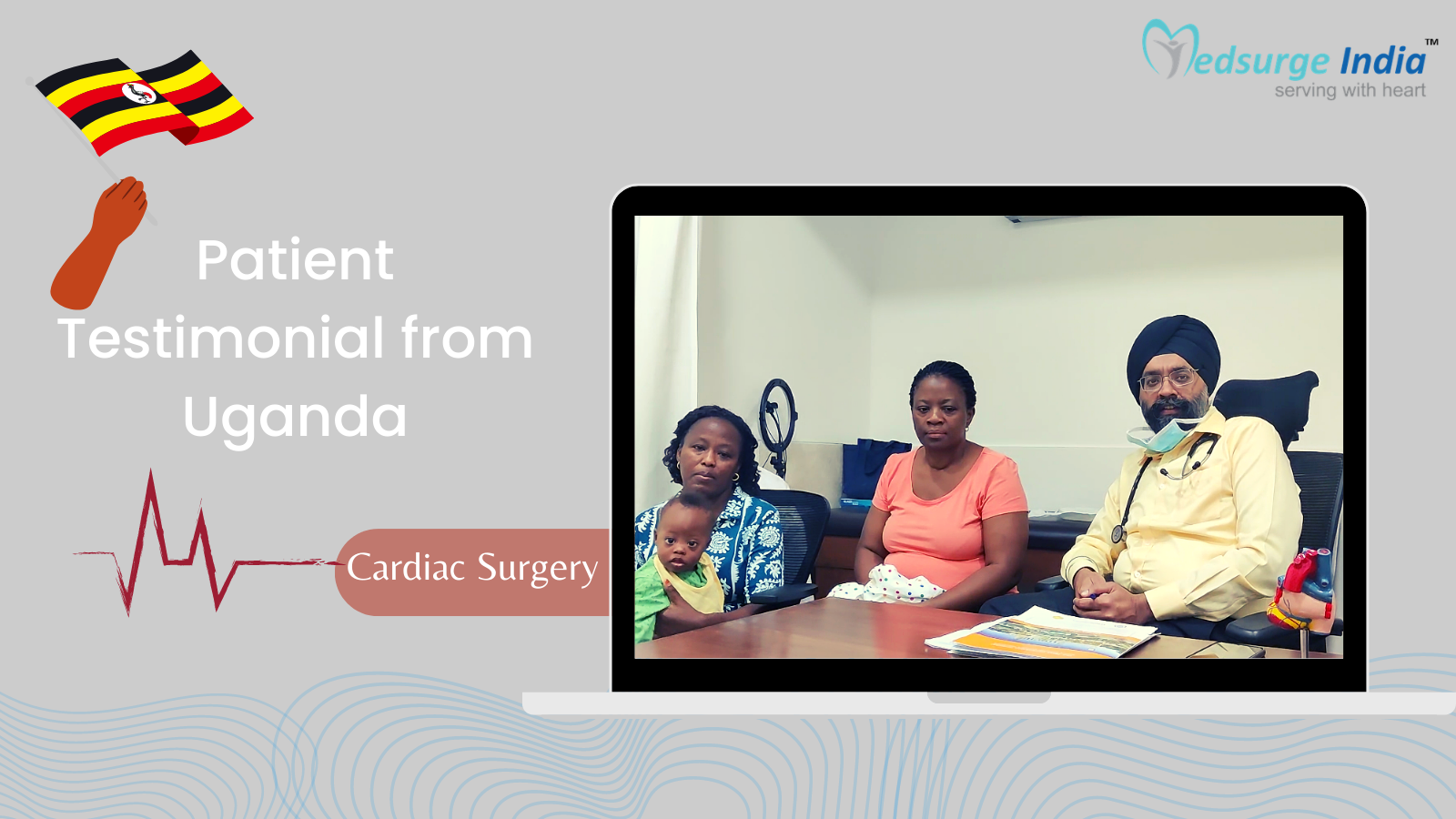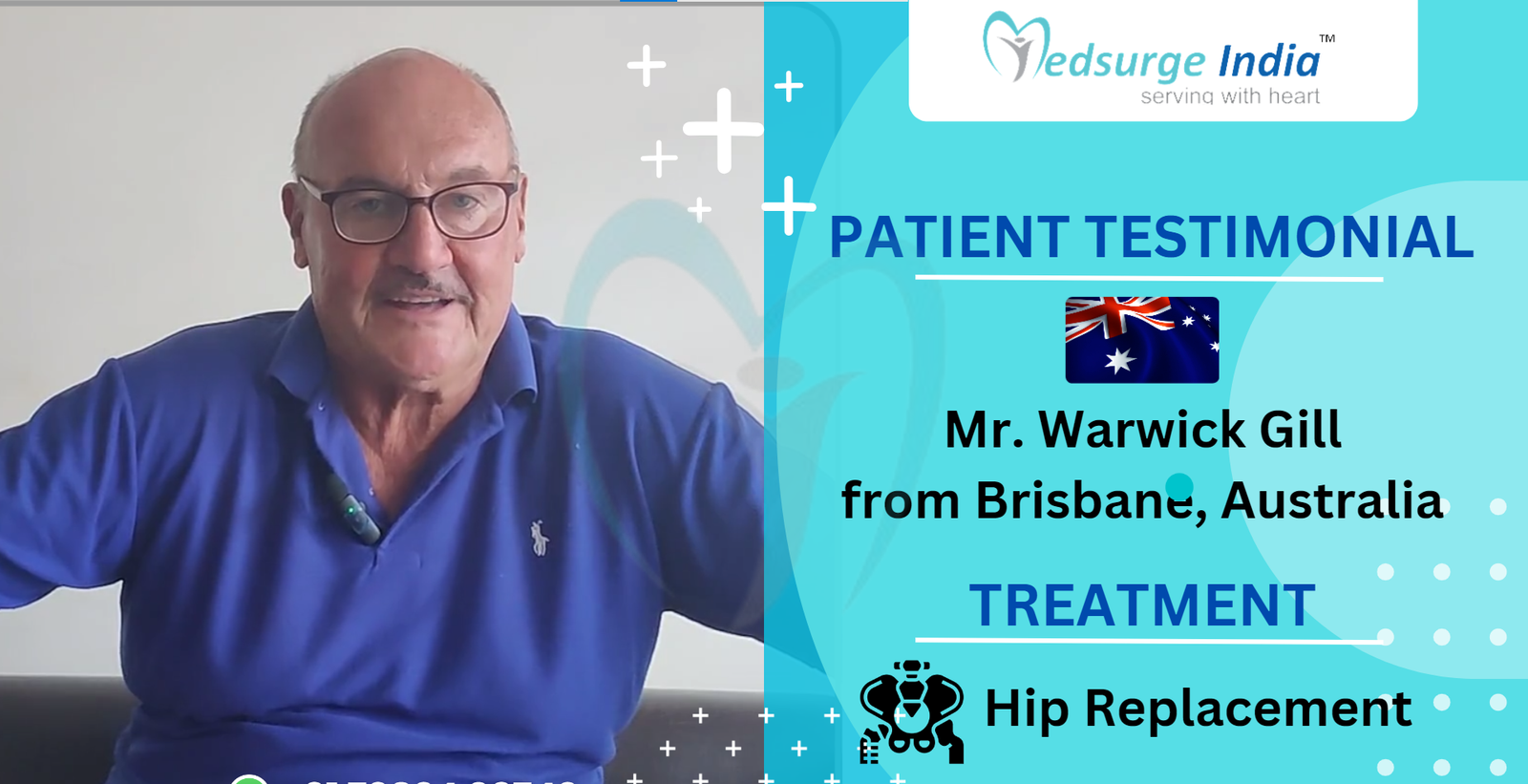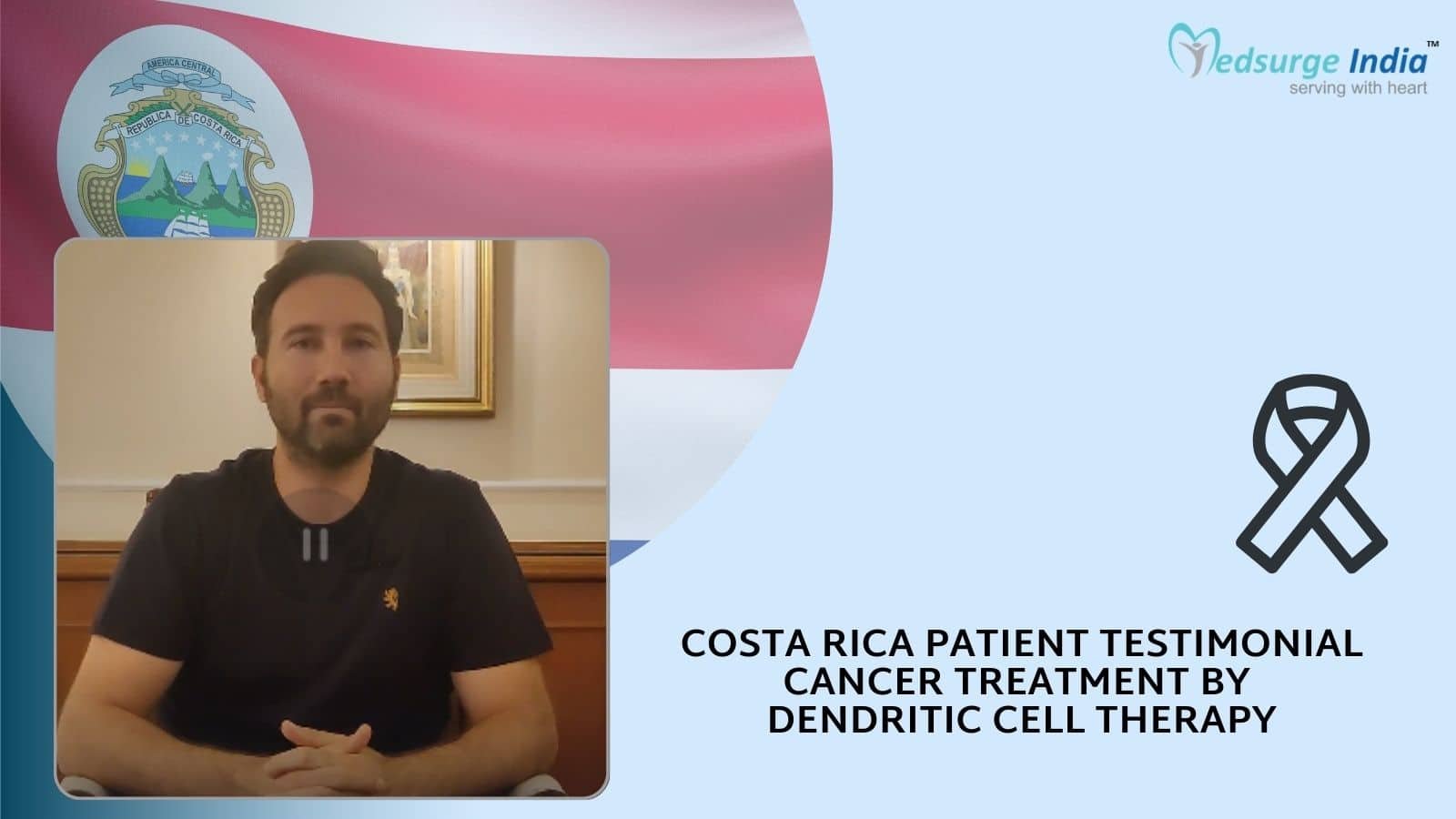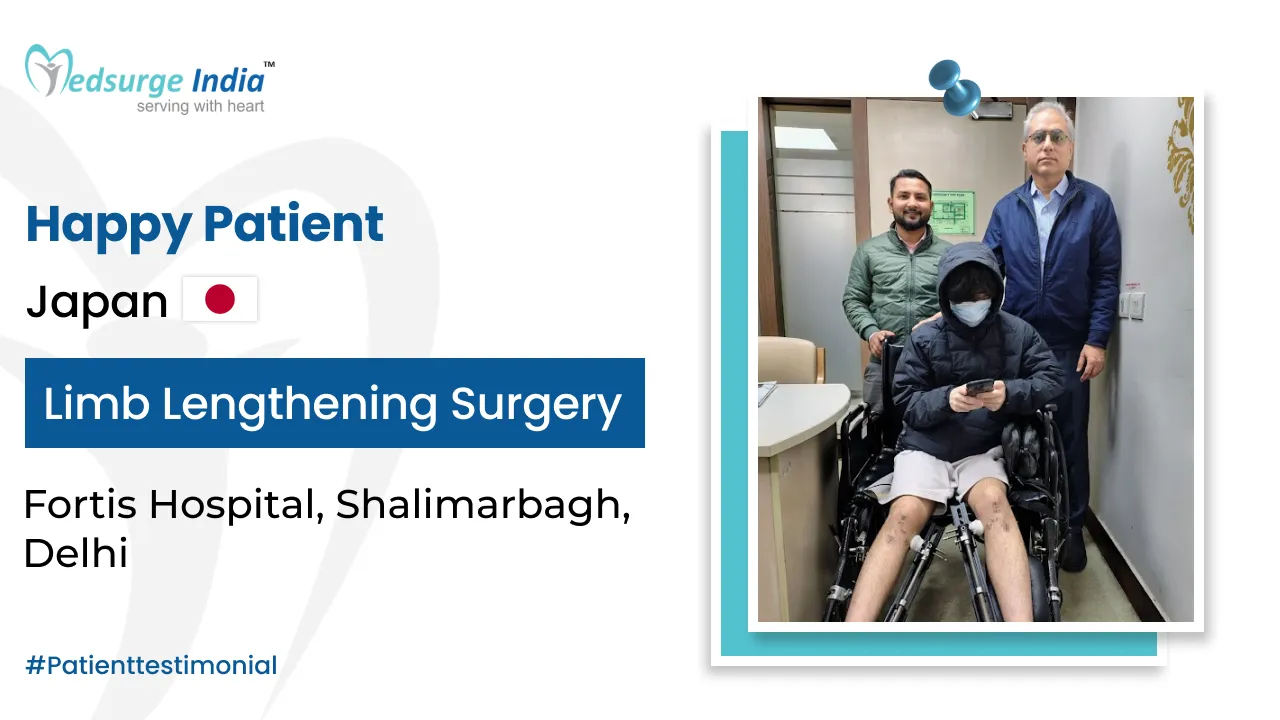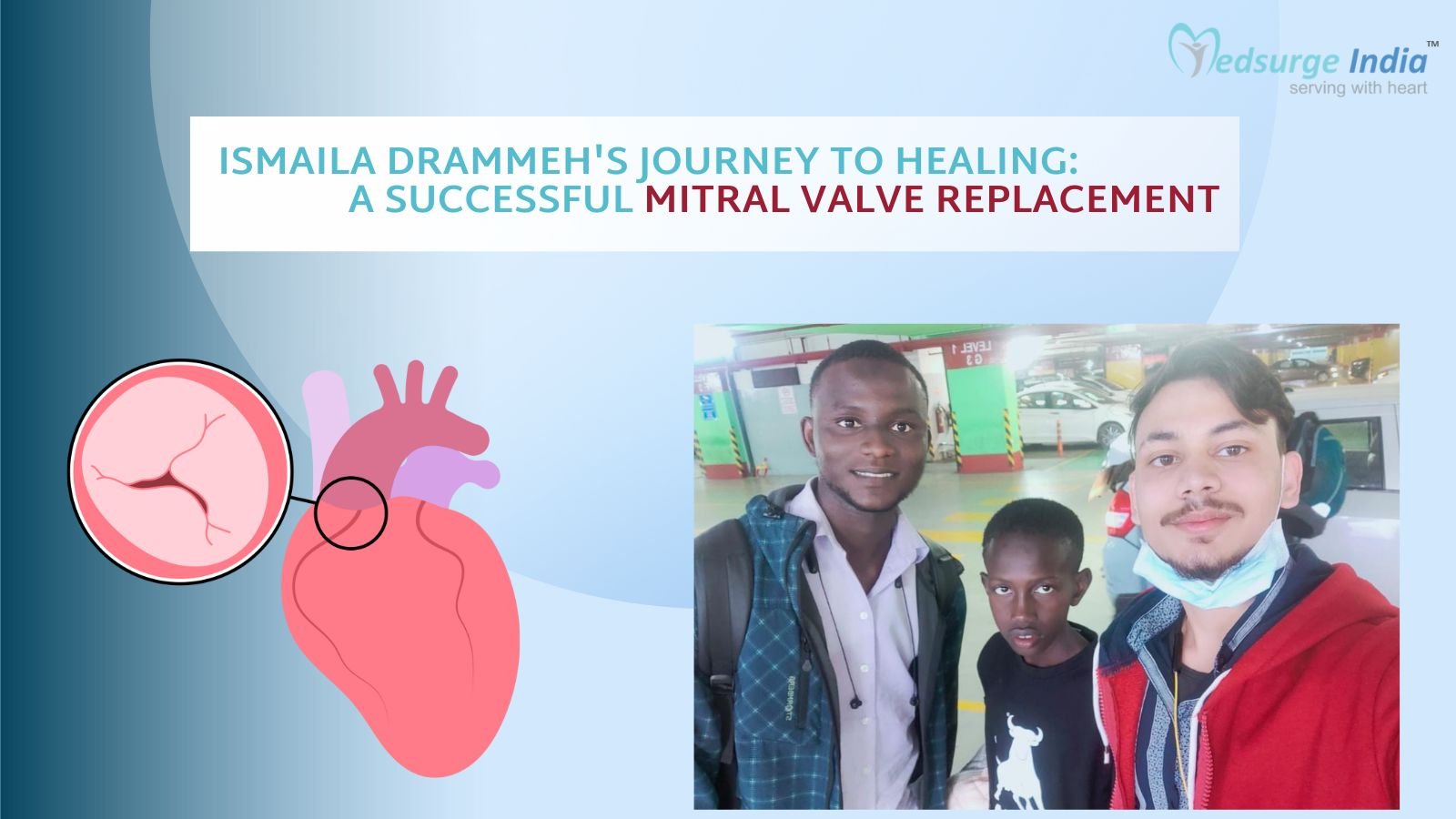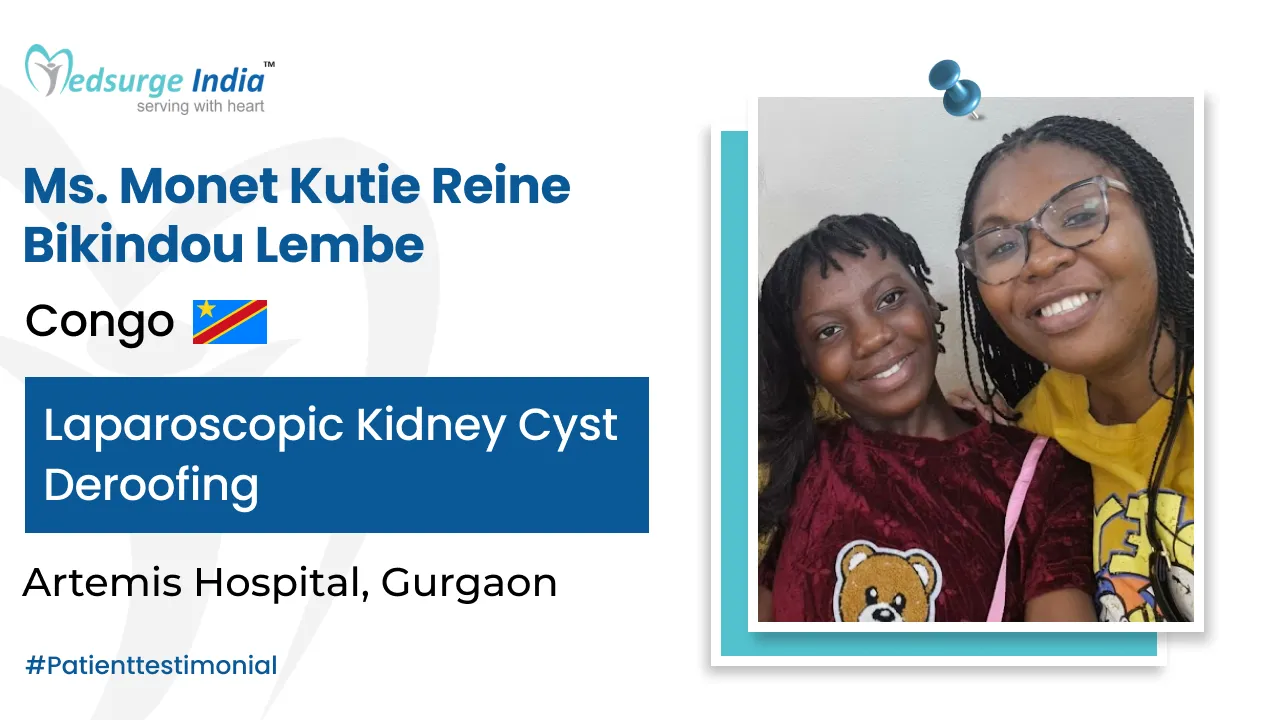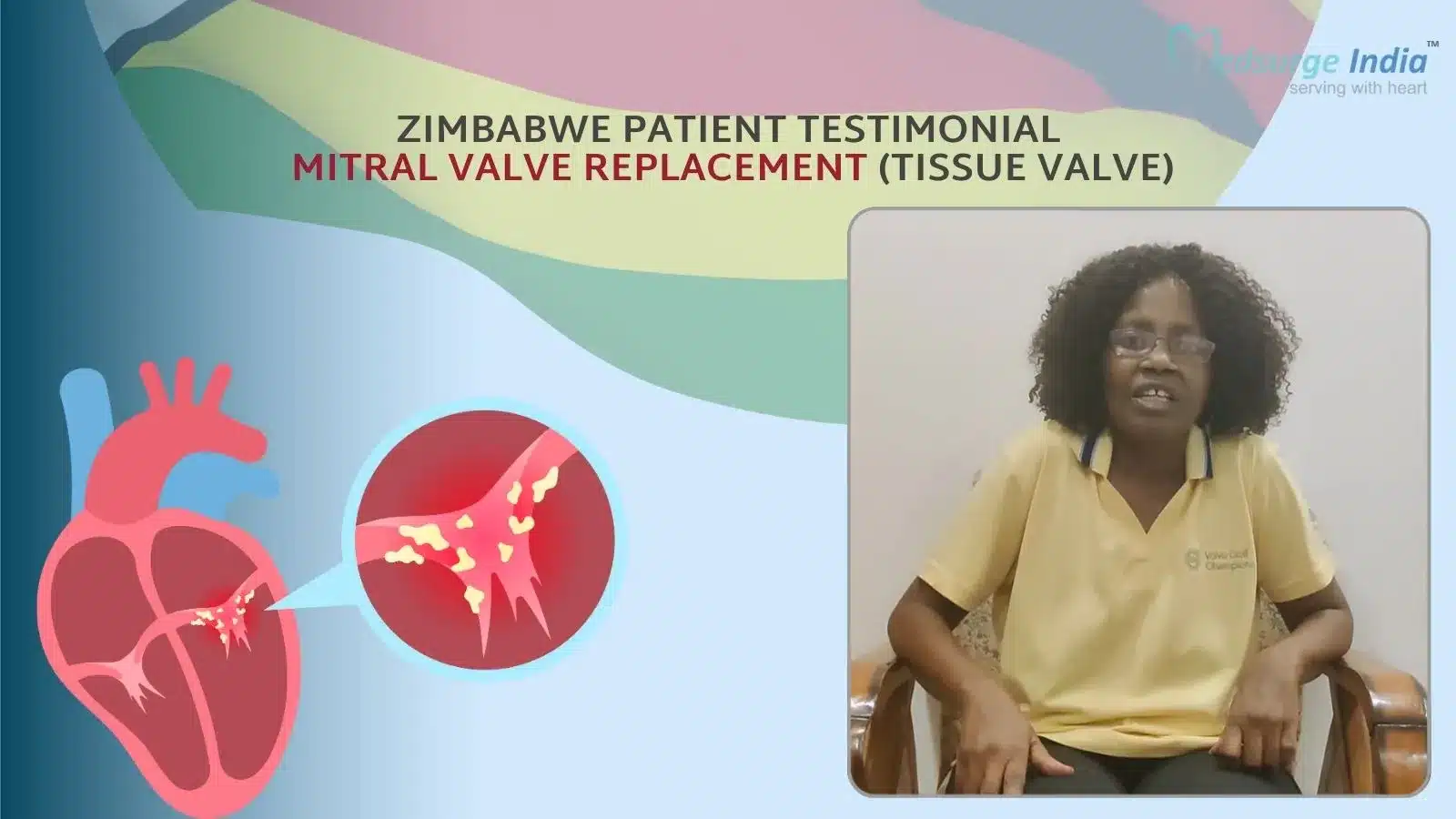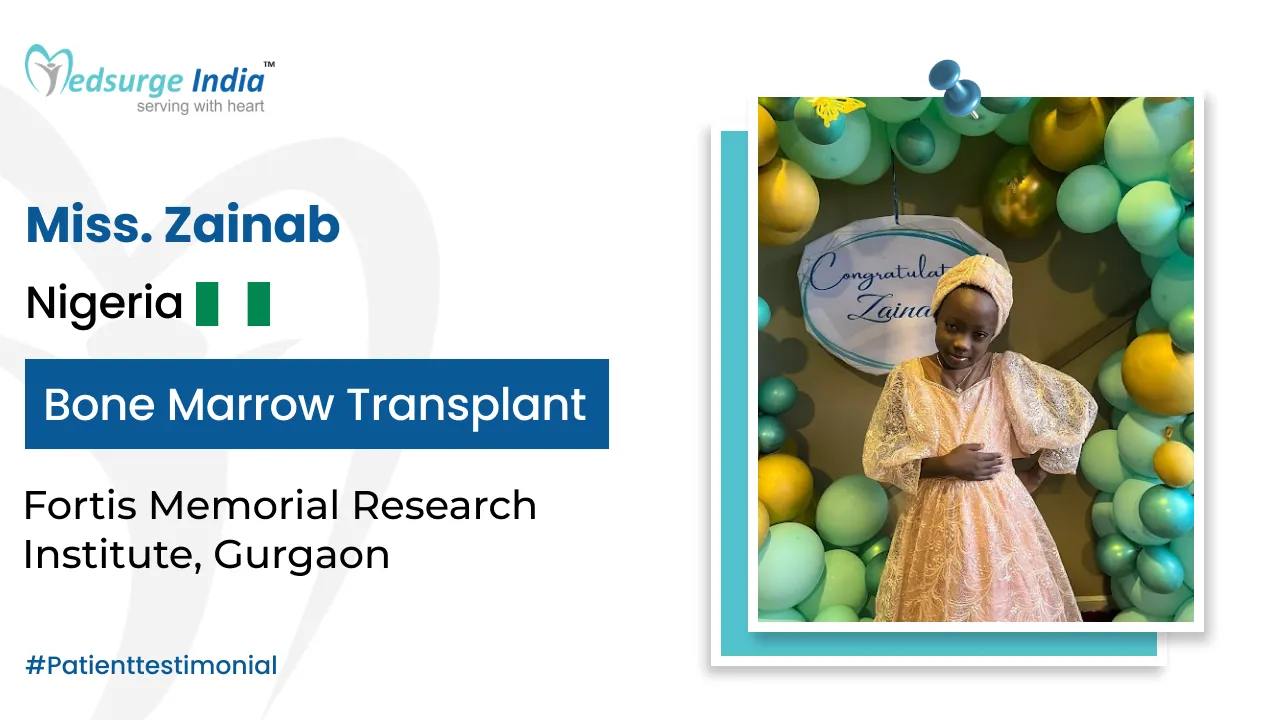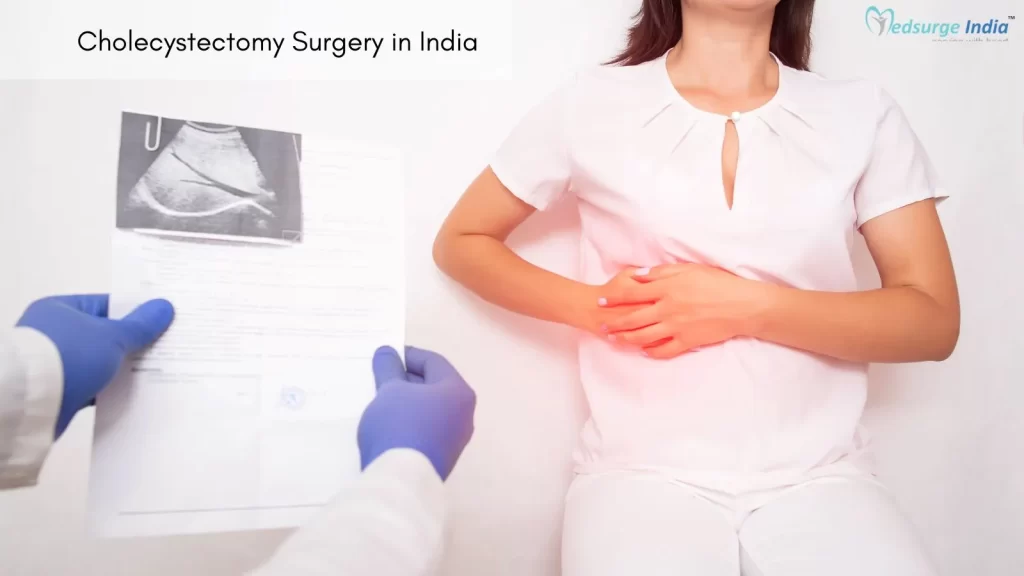
A Cholecystectomy is a surgical procedure for the removal of the gallbladder. It can be done either conventionally or laparoscopically, and it is normally done under general anesthesia.
The method of Laparoscopic Cholecystectomy in India involves four small incisions and the use of cameras to guide the surgical removal of the gallbladder. Patients who have this treatment usually suffer from gallstones, gallbladder inflammation, or pancreatic inflammation.
The average cost of Cholecystectomy Surgery in India is quite affordable as compared to other developed countries. However, the final cost varies depending on various factors including the number and size of the gallstones, hospital expenses, duration of stay in the hospital, and pre & post-surgical care.
What Is Cholecystectomy
A Cholecystectomy is a surgical procedure in which the gallbladder is removed from the body. The gallbladder is a pear-shaped small organ placed in the upper abdominal. This organ collects and stores bile, a liquid that helps in the digestion of lipids in the food we eat. Laparoscopic Cholecystectomy Surgery in India is a keyhole procedure in which the gallbladder is removed through five small incisions on the lower abdomen rather than one large one as in traditional surgery.
A Cholecystectomy in India is a standard surgical procedure with a low risk of complications. You can usually go home the same day as your cholecystectomy.
The gallbladder is usually removed during a cholecystectomy by introducing a tiny video camera and specific surgical equipment through four small incisions in your abdomen. This is known as a Laparoscopic Cholecystectomy in India.
In some circumstances, the gallbladder may be removed by a single big incision. This is referred to as an Open Cholecystectomy in India.
A Cholecystectomy in India is usually performed to treat gallstones and the difficulties that they bring with them. If you have:
- Cholelithiasis (gallstones in the gallbladder)
- Choledocholithiasis (gallstones in the bile duct)
- Cholecystitis (inflammation of the gallbladder)
- Polyps in the gallbladder that are quite large
- Gallstones cause pancreas inflammation (pancreatitis).
Gallbladder complications can result in pain that:
- It usually comes on the right side or in the center of your upper belly.
- It may be continuous or worsen after a heavy meal.
- It may feel more like fullness than pain at times.
- It is possible to feel it in your back and at the tip of your right shoulder blade.
- Nausea, vomiting, fever, and chills are all possible symptoms.
Cholecystectomy Surgery Cost in India
Affordable Cholecystectomy Surgery Cost in India start from INR 1,66,790 (2,000 USD). Cholecystectomy Surgery in India is substantially lower than in other nations such as the United Kingdom, the United States, Germany, and others. Even after factoring in travel, lodging, and other fees, a foreign patient traveling to India can save more than 60% on the entire treatment cost.
However, the entire amount of the treatment may vary depending on various aspects, including the type of procedure employed, the standard and location of the hospital, the surgeon’s experience, the duration of stay in the hospital, and the room category.
Helpful – Top 10 Gastroenterologist in India
Get Free Cost Estimation
Procedure
How Cholecystectomy Surgery in India is Performed
Before the Procedure:
Your surgeon may advise you to do the following to prepare for a Cholecystectomy in India:
- The night before your procedure, don’t eat anything. You may take a sip of water with your meds, but refrain from eating or drinking for at least four hours before your procedure.
- Stop using certain prescription medications and supplements. Inform your doctor about all medications and supplements you are taking. Continue to take most medications as directed. Certain drugs and supplements may be discontinued by your doctor if they raise your risk of bleeding.
A cholecystectomy is performed under general anesthesia, so you will be completely unconscious during the procedure. Anesthesia is administered through a vein in your arm. Once the medications have taken effect, your medical team will implant a tube down your throat to assist you with breathing. The cholecystectomy is subsequently performed by your surgeon, either laparoscopically or open surgery.
During the Procedure:
Your surgeon will prescribe one of two surgical methods based on the circumstances surrounding your case:
Laparoscopic (minimally invasive) cholecystectomy – The surgeon makes four small incisions in your belly during a laparoscopic cholecystectomy. Through one of the incisions, a tube containing a tiny video camera is put into your abdomen. In the operating room, your physician views a video monitor while removing your gallbladder with surgical tools put through other incisions in your abdomen.
If your surgeon is concerned about gallstones or other abnormalities in your bile duct, you may be subjected to an imaging test, such as an X-ray or ultrasound. The incisions are then sutured and you are transferred to a recovery facility. A laparoscopic cholecystectomy usually takes one to two hours to complete.
Not everyone is a Right Candidate for a Laparoscopic Cholecystectomy. In rare situations, your surgeon may begin with a laparoscopic technique but later decide that a wider incision is required due to scar tissue from previous procedures or issues on my own.
Traditional (Open Cholecystectomy) – The surgeon creates a 6-inch (15-centimeter) incision in the abdomen below your ribs on your right side during an open cholecystectomy. Pulling back the muscle and tissue reveals your liver and gallbladder. The gallbladder is then removed by your surgeon.
You are transferred to a recovery area after the incision is sutured. An open cholecystectomy typically takes one to two hours.
After the Procedure:
As the anesthesia wears off, you’ll be moved to a recovery area. You are going to be transferred to a hospital room to finish your rehabilitation. Recovery times vary based on the procedure:
Laparoscopic Cholecystectomy: Patients are usually allowed to go home the same day as their surgery, though a one-night stay in the hospital is sometimes required. In general, you should expect to go home after you can eat and drink without pain and walk unassisted. It takes roughly a week to heal completely.
Open Cholecystectomy: Expect to be in the hospital for two or three days following an open cholecystectomy. It may take four to six weeks to fully recuperate once you return home.
Cholecystectomy Surgery Cost in India
The average Cost of Cholecystectomy Surgery Cost in India starts around USD 2000. The entire cost may vary depending on various aspects, including the type of procedure employed, the standard and location of the hospital, the surgeon’s experience, the duration of stay in the hospital, and the room category. However, the Cost of a Laparoscopic Cholecystectomy in India starts at USD 3450 and can vary depending on the parameters stated above.
However, the Cost of Gall Bladder Surgery in India is substantially lower than in other nations such as the United Kingdom, the United States, Germany, and others. Even after factoring in travel, lodging, and other fees, a foreign patient traveling to India can save more than 60% on the entire treatment cost.
What Are the Benefits of Cholecystectomy Surgery
In order to relieve pain and cure infection caused by gallstones, the gallbladder is removed. It can also prevent the recurrence of gallstones. Pain and infection might worsen if gallstones are not addressed. The gallbladder may rupture, which can be fatal.
Your doctor or surgeon will decide whether an open or laparoscopic cholecystectomy is best for you. The laparoscopic method has a number of advantages:
- Reduced pain.
- Lower the possibility of complications.
- Faster recuperation and return to normal activities.
- Scars and wounds are smaller.
What Are the Risks Associated with Cholecystectomy Surgery
Although gallbladder surgery is a daily routine procedure and safe, there are some potential risks and after effects.Some Potential Risks of Cholecystectomy Surgery are as follows:
- Reactions after anesthesia
- Bacterial infection
- Bleeding
- Swelling
- Biliary leakage
- A bile duct injury
- Gastrointestinal, bowel, or blood vascular injury
- Deep vein thrombosis, often known as blood clots
- Heart-related issues
- Pneumonia
There is also a Risk of Developing Postcholecystectomy Syndrome (PCS) if any gallstones remain in the bile duct. It could also happen if bile leaks into the stomach. PCS symptoms include abdominal pain, diarrhea, and heartburn, which are similar to those of gallstones.
Anyone experiencing any of the following symptoms following Gallbladder Removal Surgery should consult a doctor.
- Pain that intensifies or does not improve with time
- New abdominal pain
- Severe nausea and vomiting
- An inability to release gas or bowel movements
- Persistent diarrhea
- Jaundice is a yellowing of the skin.
If a surgeon fails to remove the stones easily with surgical maneuvers, the patient may require endoscopic retrograd cholangiopancreatography (ERCP). A gastroenterologist inserts a camera into the person’s mouth and up to the first part of the small intestine, where the bile duct inserts. They then gain access to the duct in order to remove the stones.
An ERCP technique may be helpful in the repair of a postoperative bile leak, which can be treated by a repeat surgical procedure or interventional radiology.
Conclusion
Once you’ve returned home, it’s necessary to keep the incision clean and dry. Bathing instructions will be given by your provider. Stitches or surgical staples will be removed during a subsequent appointment visit. If adhesive strips are used, they must be kept dry and will normally peel off after a few days.The incision and your abdominal muscles may pain, particularly after prolonged standing. If you undergo laparoscopic surgery, you may experience pain from any residual carbon dioxide gas in your stomach. This discomfort may linger for a few days. Each day, it should feel a little better.
Overall, gallstones can be very painful and dangerous. Laparoscopic cholecystectomy eliminates the gallbladder and inhibits the formation of new gallstones. Most people recover completely from the minimally invasive surgery in a matter of weeks. However, if you have any issues following surgery, contact your healthcare professional.
The Most Important Frequently Asked Questions
Q: What Happens After Your Gallbladder Is Removed?
A: Your digestive system can still function after the operation. Your liver continues to produce bile in order for you to digest food. Instead of remaining in your gallbladder, bile drains into your digestive system. After recovering from gallbladder surgery, most patients can resume their normal diet.
Q: How Long Should You Be in Bed Following Gallbladder Surgery?
A: In most cases, you should only require total rest for the first 24 hours. Following that, you should try to get up and walk as much as possible.
Q: Is It Possible to Live Without a Gallbladder?
A: Your gallbladder is a non-essential organ. Your doctor will most likely advise you to follow a primarily low-fat diet for the first few weeks after surgery while your body adjusts to life without a gallbladder. So, yes it is possible.
Q: What Foods Should You Avoid Following Gallbladder Surgery?
A: For at least a week after surgery, avoid high-fat foods, fried and greasy foods, and fatty sauces and gravies. Choose fat-free or low-fat foods instead. Low-fat foods include no more than 3 grams of fat per serving.
Q: Can I Avoid Having a Cholecystectomy?
A: It’s fine not to have surgery if you’re comfortable treating moderate and occasional gallstone attacks and your doctor believes you’re unlikely to have major consequences. If you have had multiple episodes, most doctors will advise you to have surgery.
Top Hospitals for Cholecystectomy Surgery in India
Top Doctors for Gastroenterology
Dr. Prerna Pallavi
Consultant
Experience: 10 years of experience
Ruby General Hospital, Kolkata
Kolkata, India
Dr. Naveen Ganjoo
Consultant
Experience: 15 years of experience
SS SPARSH Hospital (Mysore Road) Bangalore
Bangalore, India
Dr. Rupesh Kalyan
Consultant , DM, Fellowship
Experience: 13 years of experience Bangalore , India
Columbia Asia Hospital, Bangalore
Bangalore India
Dr. Bala Murugan S
Consultant
Experience: 12 years of experience
Prashanth Multi Speciality Hospital Chennai
Chennai, India
Dr. Naimish Mehta
Senior Consultant
Experience: 22 years of experience
Sir Ganga Ram Hospital, New Delhi
New Delhi, India
Dr. Harish Babu Reddy N A
Consultant
Experience: 12 years of experience
Manipal North Side Hospital, Malleshwaram, Bengaluru
Bangalore, India
Dr. Ujwal Gajula
Consultant
Experience: 8 years of experience
Apollo Hospitals, Jubilee Hills Hyderabad
Hyderabad, India
Dr. Nripen Saikia
Consultant
Experience: 12 years of experience
Pushpawati Singhania Research Institute (PSRI), New Delhi
New Delhi, India
Dr. Jayanta Samanta
Consultant
Experience: 14 years of experience
Medica Superspecialty Hospital
Kolkata, India
Dr. Rajvilas Narkhede
Consultant
Experience: 11 years of experience
Nanavati Super Specialty Hospital Mumbai
Mumbai, India
Dr. Abhijit Thakur
Consultant , Fellowship, Fellowship, Fellowship, MS, MBBS
Experience: 20 years of experience
Mumbai, India
Dr. R. Ravi
Director
Experience: 35 years of experience
Dr. Rela Institute and Medical Centre, Chennai
Chennai, India

